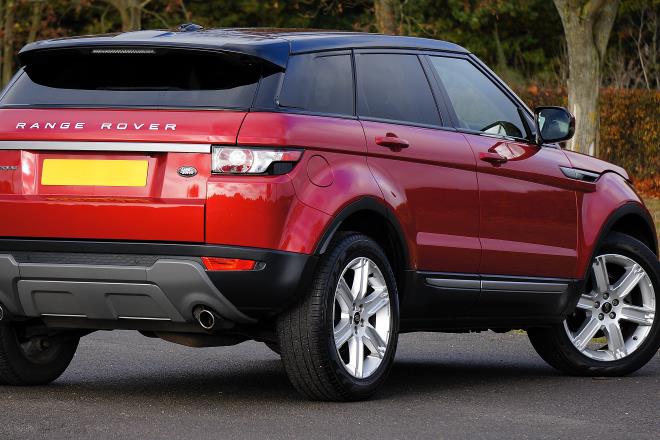Advancements in Automotive Gear Technology: A Shift Towards Efficiency
The world of automotive technology is constantly evolving, but some of the most significant changes are taking place beneath the hood, in the realm of gear technology. The gears of a car play a crucial role in its performance, efficiency, and overall driving experience.

A Journey Through Gear Tech History
Gears have been integral to automobiles since their inception, transferring power from the engine to the wheels. Initially, vehicles featured simple manual transmissions, where the driver manually selected the appropriate gear. These early systems were far from perfect, often noisy and inefficient.
However, the mid-20th century brought about significant advancements, such as the automatic transmission, which allowed for smoother and more efficient gear changes. This innovation significantly improved the driving experience by eliminating the need for manual gear changes, making driving more comfortable and less demanding.
The Dawn of the Continuously Variable Transmission (CVT)
The turn of the century saw the introduction of a new kind of transmission - the Continuously Variable Transmission (CVT). Unlike traditional systems, a CVT doesn’t have a set number of gears. Instead, it uses a pair of pulleys connected by a belt, offering an infinite number of ratios. This allows for smoother acceleration and improved fuel efficiency.
CVT: The Benefits and Challenges
The CVT’s ability to constantly adjust to the vehicle’s speed allows for optimal engine performance at all times. This results in improved fuel efficiency and a smoother, more comfortable ride.
However, CVTs are not without their challenges. They are often perceived to be less responsive and engaging than traditional automatic transmissions. Additionally, the technology is relatively new, and there are concerns about long-term reliability and cost of repair.
Dual-Clutch Transmissions: The Best of Both Worlds?
In an attempt to combine the efficiency of a CVT with the responsiveness of a traditional automatic, manufacturers have developed the Dual-Clutch Transmission (DCT). This system uses two separate clutches, one for odd-numbered gears and another for even-numbered gears, allowing for near-instantaneous gear changes.
Aside from providing an engaging driving experience, DCTs are also known for their efficiency. However, they’re typically more expensive to produce and maintain, which could be a deterrent for some consumers.
What Lies Ahead for Gear Technology?
The future of gear technology is exciting and uncertain. As manufacturers continue to innovate, we can expect further advancements in efficiency, performance, and driver engagement. However, as technology advances, it will be crucial to balance these improvements with factors such as cost, reliability, and the overall driving experience.
In the world of automotive gear technology, one thing is clear: the journey towards efficiency and performance is far from over. The gears may be hidden beneath the hood, but their impact on the driving experience is profound and undeniable. With each shift, they propel us forward, not just on the road, but into the future of automotive technology.




